order
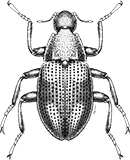
Coleoptera
“Adult Beetles”

Coleoptera
“Larval Beetles”

Diptera
“True Flies”

Ephemeroptera
“Mayflies”

Hemiptera
“True Bugs”

Lepidoptera
“Aquatic Caterpillars, Snout Moths”

Megaloptera
“Alderflies, Dobsonflies, and Fishflies”
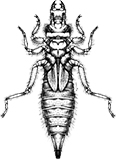
Odonata
“Dragonflies and Damselflies”

Plecoptera
“Stoneflies”

Trichoptera
“Caddisflies”
family
Lepidostomatidae
genus
Lepidostoma
“Scaly-mouth caddisflies”
Genus Overview
There are about 75 North American species in this commonly encountered genus. Larvae can be up to 12.5 mm long. Cases are usually made of plant materials, often four-sided, made of rectangular strips of bark or leaves; however sometimes of sand or plant stems; young larvae often build cases of sand, then transition to leaves as they grow. They prefer small or intermittent headwater streams and springs. They are primarily shredding detritivores.
Characteristics
POLLUTION TOLERANCE
Southeast: 1
Upper Midwest: 1
Mid-Atlantic: 1
0 = least tolerant, 10 = most tolerant
FEEDING HABITS
Shredder / Detritivore
MOVEMENT
Climber
Clinger
Sprawler
Clinger
Sprawler
DISTRIBUTION
Widespread (east of the Rocky Mtns.)
HABITAT
Lotic-depositional
Lotic-erosional
Lotic-erosional
Diagnostic Characters
order
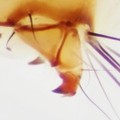
Prolegs With Single Hook
family
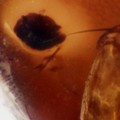
Antenna Next To Eye
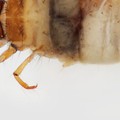
Lateral Humps
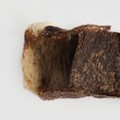
Leafy Case
+ Expanded Character List
Order:
Larvae: Wings/wing pads absent. Eye spots present, but compound eyes absent. Antennae usually small, inconspicuous. Three pairs of segmented legs present on thorax. Pair of anal prolegs, each with single hook, located on last abdominal segment. Larvae can be free-living, in silken retreats attached to substrate, or in usually-portable tubes or cases made of sand, rocks, or plant material.
Family:
Labrum usually with only 6 setae arranged transversely across central area. Antennae small, always situated directly next to eyes. Pronotum and mesonotum sclerotized. Pronotum sometimes with distinct lobes at anterior corners. Metanotum mostly membranous; pair of anteromesal (sa1) sclerites dorsally with several setae, but each always with at least 1 seta. Lateral humps always present on abdominal segment I, but not always conspicuous. Median dorsal hump absent from abdominal segment I. Larval cases varying in architecture and materials.
Genus:
Anteroventral apotome subequal to or longer than posteroventral ecdysial line separating genae. Larval case usually rectangular in cross section, constructed of rectangular pieces of leaves or bark, pieces may be in varying shapes or case may be of sand grains.
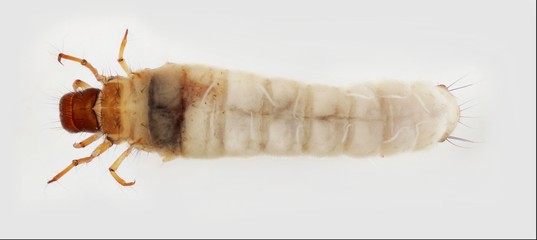
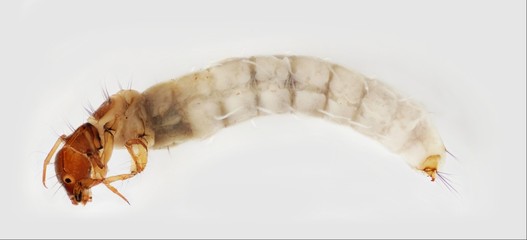
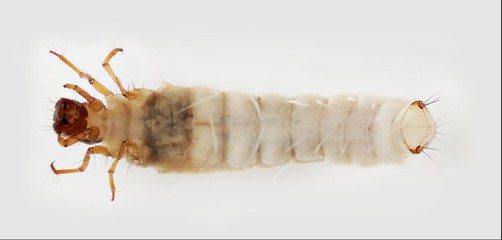
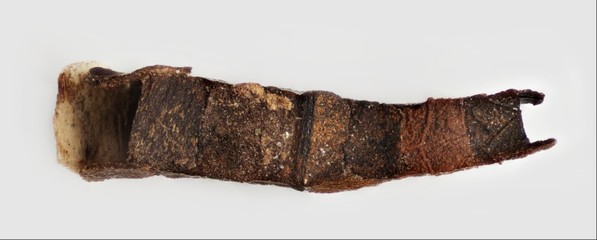
Dorsal
Lateral
Ventral
Case




